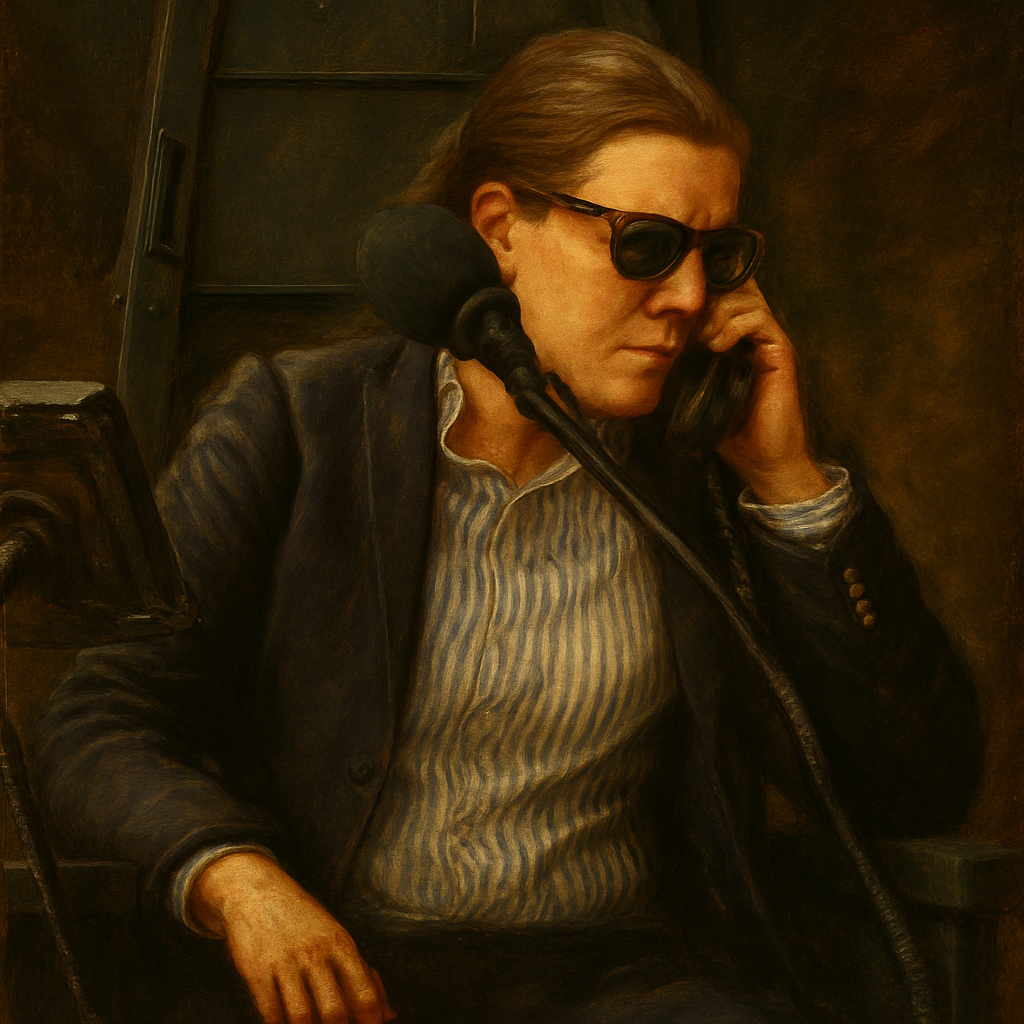LONDON — Wimbledon’s prestigious grass courts faced an unexpected disruption during Karen Khachanov’s match against Frances Tiafoe, as the tournament’s electronic line-calling system malfunctioned—an incident officials attributed to a ballboy’s accidental interference.
The chair umpire was forced to halt play temporarily while technicians reset the system, leaving players and spectators baffled. Khachanov, the 21st seed, described the situation as "scary", raising concerns about the reliability of the technology at one of tennis’s most storied events.
The Incident: A Ballboy’s Unintentional Role
During the third set of Khachanov’s second-round match on Court No. 2, the Hawk-Eye Live system—which automatically calls lines at Wimbledon—suddenly malfunctioned. Tournament officials later confirmed that a ballboy had inadvertently stepped on a critical cable, disrupting the system’s connectivity.
Khachanov, visibly frustrated, approached the umpire, questioning the delay. "I don’t understand why this keeps happening," he said, referencing similar glitches in previous matches. The Russian later elaborated in his post-match press conference, stating, "It’s scary when you’re in the middle of a point and suddenly the system fails. You don’t know if the call is right or wrong."
Wimbledon’s Response
A Wimbledon spokesperson issued a statement clarifying the issue: "The interruption was caused by an accidental disconnection of a cable by a ballboy. Our technicians resolved the issue promptly, and the system was fully operational within minutes."
However, the explanation did little to quell concerns among players and fans. Key criticisms included:
- The lack of redundancy in the system, leaving no backup for real-time calls
- The reliance on human intervention for a supposedly automated process
- The frequency of similar malfunctions in recent years
Historical Context: Wimbledon’s Tech Troubles
This is not the first time Wimbledon’s electronic line-calling has come under scrutiny. In 2022, a similar issue occurred during a doubles match, forcing officials to revert to manual line judges. Critics argue that while the All England Club prides itself on tradition, its technological infrastructure lags behind other Grand Slams.
The Australian Open and US Open, for instance, employ multiple redundancies, including secondary cameras and AI-assisted verification, to minimize disruptions. By contrast, Wimbledon’s system—while accurate—appears more vulnerable to human error.
Player Reactions: Frustration and Calls for Change
Frances Tiafoe, Khachanov’s opponent, downplayed the incident but acknowledged the broader implications. "Stuff happens, but at a major like this, you’d expect everything to run smoothly," he said. Other players, including former champion Andy Murray, have previously advocated for stricter testing of electronic systems before tournaments.
Khachanov, meanwhile, urged organizers to reassess their protocols. "If a ballboy can take down the system, what’s next? A gust of wind? A dropped racket?" he quipped, emphasizing the need for fail-safes.
Looking Ahead: Will Wimbledon Upgrade Its Tech?
With the tournament ongoing, immediate changes are unlikely. However, insiders suggest that Wimbledon’s technical team is already evaluating long-term solutions, including:
- Wireless transmission for Hawk-Eye data
- Additional shielding for critical cables
- Enhanced training for ball personnel
The All England Club has yet to comment on potential upgrades, but the incident has undoubtedly reignited debates about balancing tradition with modernization in tennis.
As Khachanov advanced to the next round despite the disruption, he left reporters with a parting thought: "We play at the highest level, and the technology should match that. No excuses."

